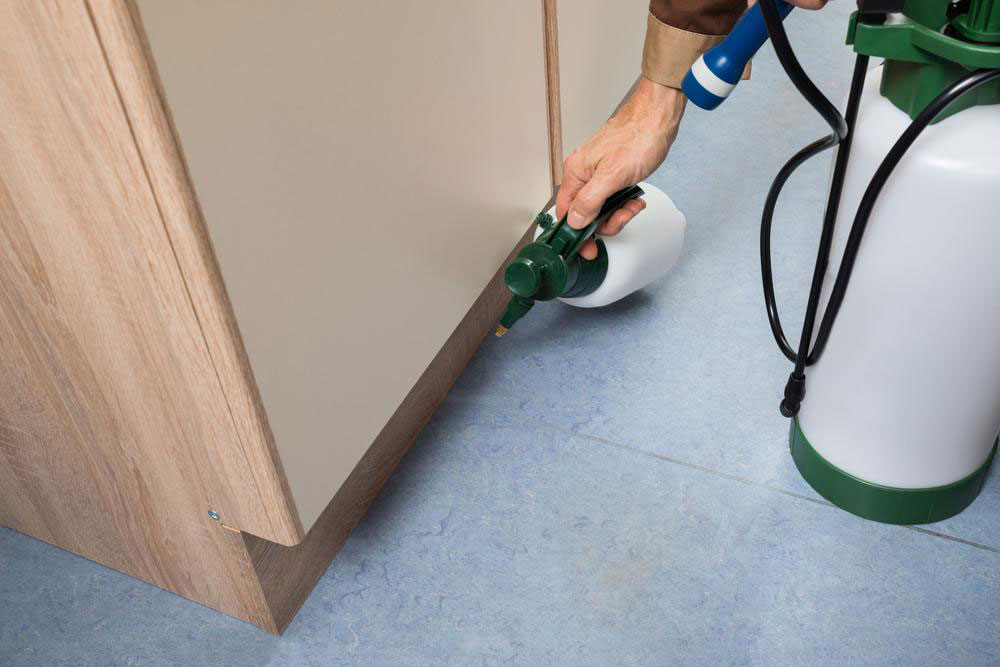3 ways to control ants inside the house
Ants are social insects like bees. These pests enter houses either to get food or to establish a colony. A few species that might make their way home include carpenter ants, tawny crazy ants, Argentine ants, and odorous house ants. Tropical and warmer regions commonly face this problem. If one faces this problem at home, one must devise a plan to control the infestation. An individual could do a DIY or hire a local pest control agent.

Place ant-baits
One of the most useful techniques for controlling ants indoors is the utilization of high-quality professional ant-baits. These baits are designed in such a way that the ants feed on those baits, and being a social insect, they carry a piece of this bait to the queen of the ant colony. This slow-acting yet toxic bait leads to the destruction of all the ants in your home. So, it’s is vital to choose proper and effective baits and place them in areas that the ants visit frequently. Usually, local pest companies recommend the application of sweet as well as protein-based bait together to ensure that you get rid of all types of ants.
Spray non-repellent insecticide in your home
You can use a non-repellent insecticide like PT® Phantom II Pressurized. It is an effective way to control the population of ants indoors. It is a better option than repellents as the latter can only scan the colony. On the other hand, ants can’t detect the non-repellent sprays and therefore, fall prey to it quickly.
Dusting the nests directly
If you want to treat the ant nests directly, then you can choose a highly effective insecticide dust like D-Fense® Dust. However, this option is difficult to use because finding the ant colony or nest isn’t easy. If you’re sure that the nest is situated just behind the wall, then you can drill tiny holes and use a special duster like B&G Bulb Duster to apply D-Fense® dust.




